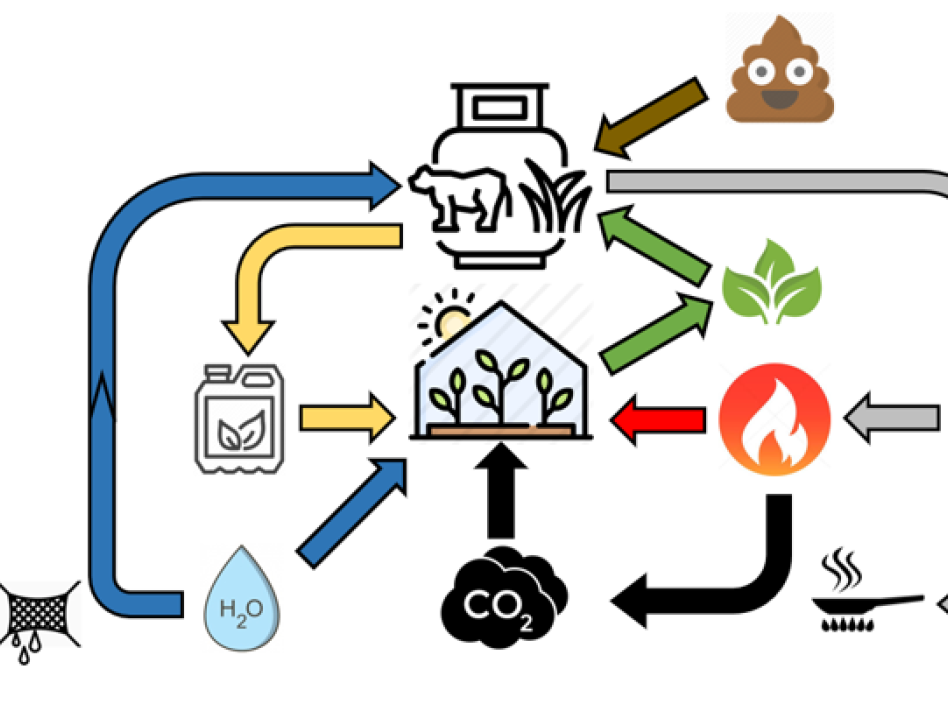The REGEN Project
REGEN project is a renewable energy-based greenhouse project designed for the Khandbari area in Nepal. We are 11 master students from the EIT InnoEnergy SELECT program. We are currently working with all partners to support the development of the rural community in Khandbari, with a long-term impact on surrounding villages in the area.
Our main vision is to support the development of a rural community in Khandbari through access to technology-based greenhouse and micro-entrepreneurship in the agrifood sector. We shall do so by producing additional energy from side-waste using biogas plant and giving workshops to student girls from the Himalayan Education Center (HEC) manage the crops efficiently.
Our main partners are Cuore Attivo Monterosa Onlus and Cuore Attivo Onlus, two Italian NGO's with years of experience developing rural areas in Nepal. The other partner is HEC, an education organization that aims to support the improvement of marginalized people and women in specific districts in Nepal.
Educational aspects
There are two main activities within our project in Khandari. First, the construction of the sustainable-designed greenhouse. Second, we will host education activities for the young students in Himalaya Education Center (HEC). This will be a two-way interaction, which means we will ask them what they would like to learn and then we prepare the materials that can help them to gain the knowledge.
We've already had a heart-warming, online meetup with five HEC students. We learned that they would like to learn how to open their own business in the future and they are interested in learning some computer skills. Our next step will be to meet with them again and discuss what we can design for the learning module. In the meanwhile, we are checking the technical design with our local partner and prepare the tutorial on greenhouse-related topics.
Technical Aspects
The technical aspect of the REGEN project is to integrate renewable energy into the local greenhouse, then bring up an optimized Greenhouse model that is integrated with a Biodigester. The plants' growth is improved with the CO2 available from the Biodigester, that in turn gets its biomass content from the Greenhouse. Therefore, the Biodigester will be placed inside the Greenhouse, to keep an efficient CO2-flow and maintain the temperature, so it will operate in optimum conditions.
A Greenhouse will be constructed on the available land from CAMR and HEC. The design is based on demands of local partners, material accessibility, weather conditions, earthquake analysis and other unpredictable factors. We are aiming for a sustainable and easily manageable greenhouse which could be reduplicated easily in the future of the other villages in Nepal.



